Often when I am metering a scene I record the EV values low and high and determine where to place them on the zone system scale. I usually use the average EV function of my meter and place it on f22 or higher as a starting point. Many of my scenes are shot in wooded shady areas early to mid morning so my EV values are rather low for ISO 100 film. Additionally I use a compensating development method for high subject brightness or longer times to expand contrast. Sometimes in the field I need a visual aid to come to the final conclusion of time and f stop.
For example: I was shooting a little stream with some sunlight filtering through which brightened the water but the surrounding rocks and plant life are in deep shade of the canopy. My Average EV was near 8 with some dark details around 6.5 and the brighter sunlit white water around EV 12 but most tones were between 6.5 and 9.5. If I had my chart in hand I would see that EV8 is 2 seconds at f22. But I also have to consider film reciprocity as well as any filters I may choose to use. In this case I merely had to adjust for reciprocity so I drop to the bottom rows and see I need to expose for 3 seconds instead of 2 seconds. This would put my detailed shadow areas at zone 3 1/2 with the white water falling around zone 9. My developer Pyrocat HD will easily handle the Zone 9 water as well as create the necessary contrasts between mid tones. Darker shadows will likely be black.
If I had chosen to use f 32 instead, my time with reciprocity would be 5 seconds. Ilford publishes a standard reciprocity chart for all their films assuming normal development with normal developers. However since I use a minimal agitation technique I found that using the published times created a more dense negative than usual for longer exposures or when I want to expand contrast. If my meter indicates exposure at 4 seconds, Ilford recommends 8 seconds vs the 5 seconds my adjusted calculated reciprocity failure calls for. That is nearly 2/3rds more light. For short times this did not make much difference in how a negative prints but for longer exposures it could be adding 1 to 2 stops of exposure thus creating a much denser negative. UPDATE: Ilford has revised reciprocity times since this article was written.
I can also use this chart when adding colored filters or polarizers. Assume I use an orange filter with an additional 2 stops exposure needed. If the scene reads an average EV12 and I use F22 @ 1/8 seconds without the filter, I can then move left 2 cells left in the time row of the table and get a time of 1/2 second. Or I can move up 2 cells in the f-stop column and shoot the scene at f11. OR I can move one cell left (time) and 1 cell up (f-stop) and shoot at f16 and 1/4 second. The Chart is for ISO 100, but if I were using HP5 @ISO 400 then I would need to adjust the f-stop or time by 2 stops moving down or Right. Pushing or pulling film works similarly.
IF I realize my measured EV value are mostly bright tones (ie sand or snow) I might have to open up 3 to 5 stops to obtain proper exposure. Again I start with my average EV for my chosen f stop, then shift left or up the table cells to increase exposure. Or down and right to decrease exposure. Each scene requires observation and evaluation of the subject brightness range and tonal values.
This chart is merely a visual aid to help me double check my more complex exposures. 1/2 or 1/3 stops are made usually by moving the f-stop on the shutter to points between values. And since all my lenses shutters are not 100% accurate for time, I can pick the best combination of shutter speed and f stop and make sure it is roughly equivalent. On the rare occasion my meter dies I can use experience with average EV to determine exposure as a best guess.
UPDATE: Here is a Zone III version – Meter for your shadow EV with detail and look up the times and f-stop which should be about 2 stops different than your meter. This is even easier to use since I do not agonize over what value to place at zone V.
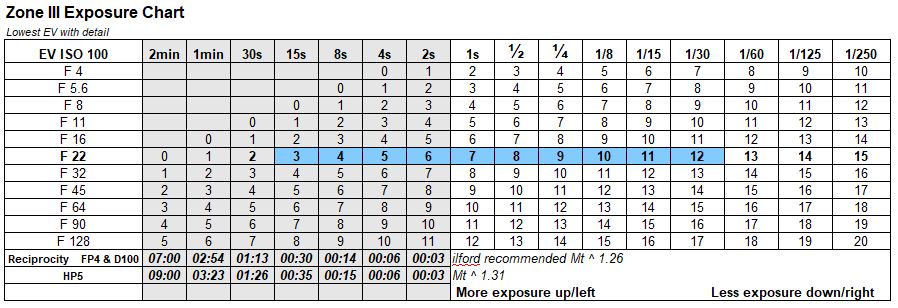
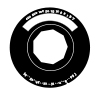
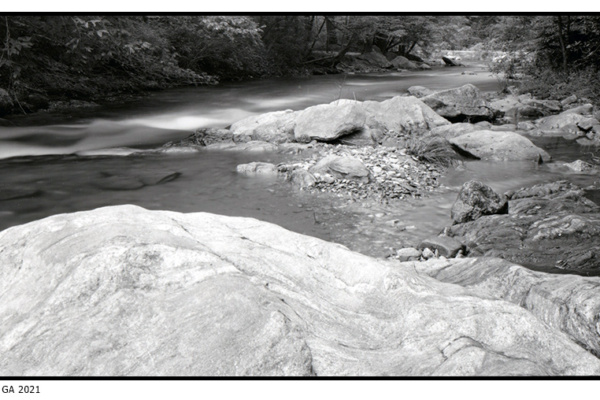
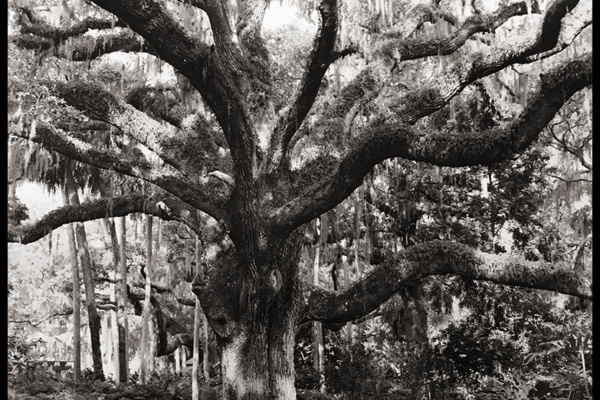
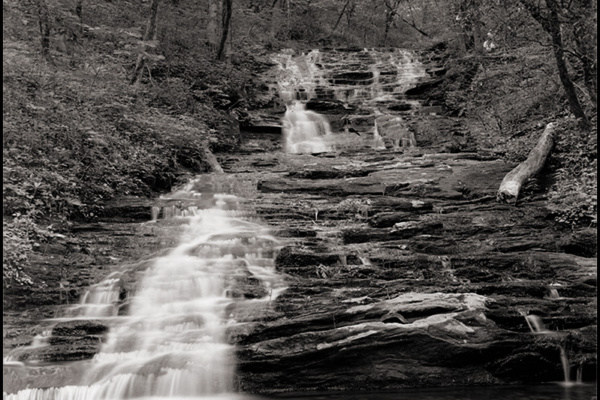
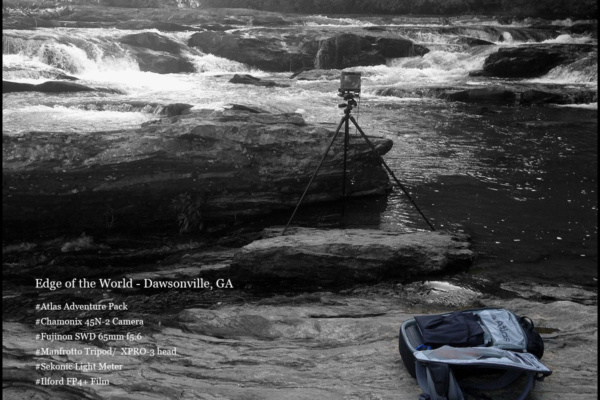
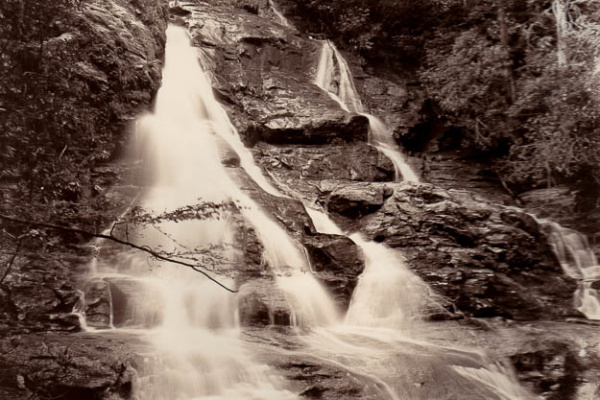
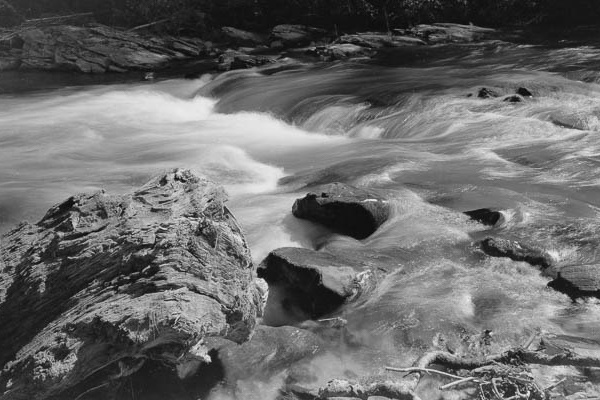
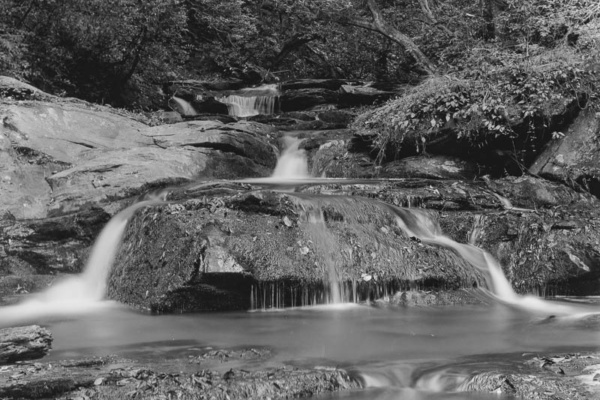
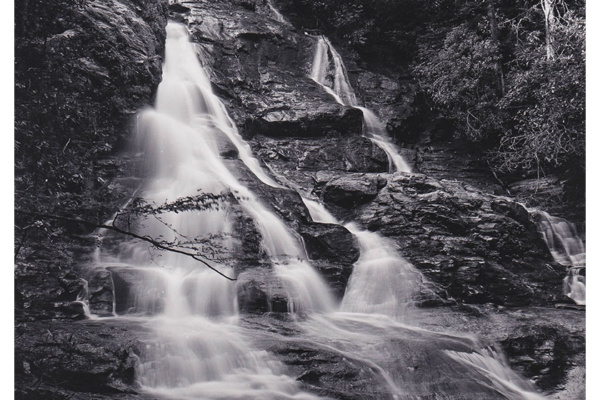
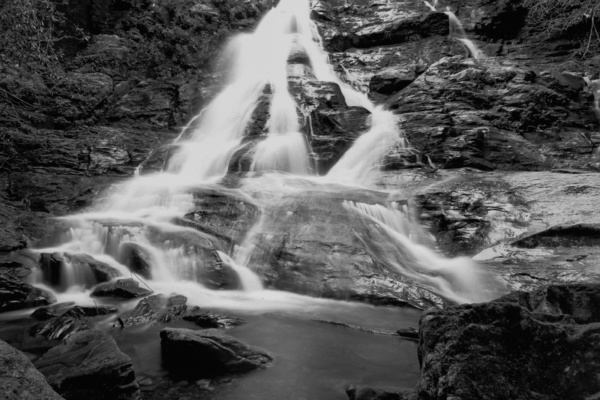
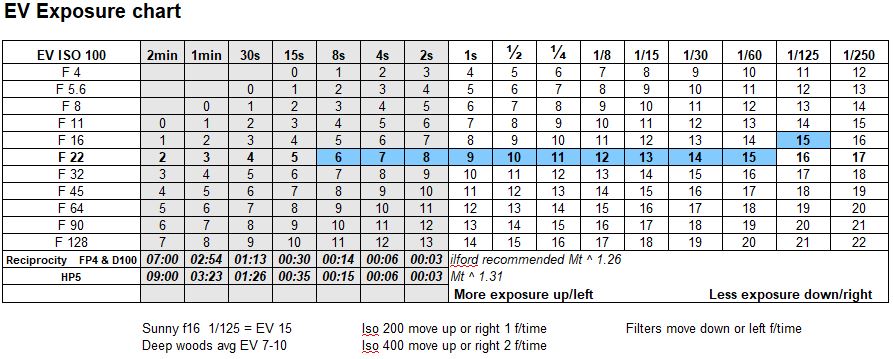
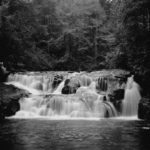 PF 130 Paper Developer Review
PF 130 Paper Developer Review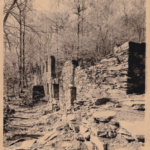 Toning with Espresso
Toning with Espresso
I found another interesting approach by another photographer. He adjusts the time to match his zone III EV and adjusts for reciprocity. However he does not list his developer or Film EI which may influence his times. He may shoot HP5 at 200 and develop in a rotary processor. His HP5 times would be different than mine to achieve similar densities.
But it is always good to see other perspectives.
https://www.raylarose.com/words/exposure-values-zone-iii-reciprocity-calculations